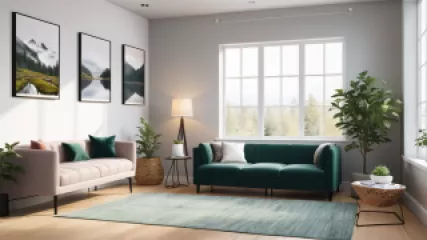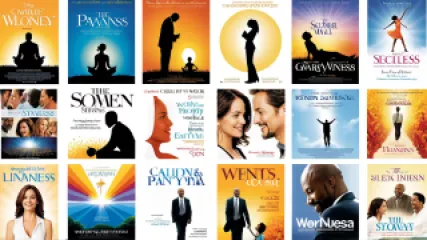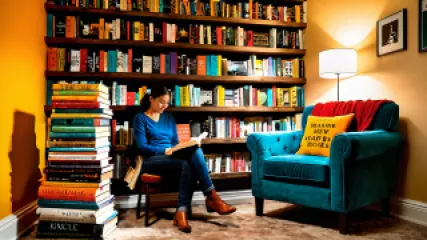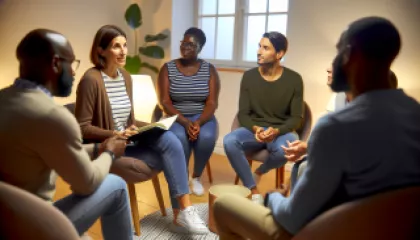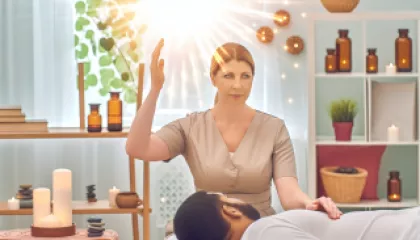Understanding Bipolar Disorder Wellness Coaching: Your Top Questions Answered
vor 1 Jahr
Bipolare Störung
How to Find Online Help for Bipolar Disorder
vor 1 Jahr
Bipolare Störung
The Power of Laughter: Why Embracing Our Inner Comedian is Essential for Mental Health
vor 1 Jahr
Psychologie des Lachens
Top 10 Strategies for Managing Financial Stress
vor 1 Jahr
Finanziellen Stress bewältigen
Why Music Therapy for Anxiety is a Game-Changer
vor 1 Jahr
Vorteile der Musiktherapie
How can music therapy improve communication skills?
vor 1 Jahr
Vorteile der Musiktherapie
Learning Wellness Coaching Programs Through Popular Films
vor 1 Jahr
Alternative Therapien
The Benefits of Laughter Coaching in Psychology
vor 1 Jahr
Psychologie des Lachens
Lessons in Self-Esteem from Fiction
vor 1 Jahr
Verständnis von Selbstwertgefühl
What are the most effective stress relief activities for busy individuals?
vor 1 Jahr
Stressabbau-Aktivitäten
Top 10 Strategies for Managing Bipolar Disorder
vor 1 Jahr
Bipolare Störung
Top 10 Strategies to Overcome Financial Stress
vor 1 Jahr
Finanziellen Stress bewältigen
Mastering the Psychology of Brands: A Step-by-Step Guide
vor 1 Jahr
Markenpsychologie
Exploring the Psychology of Laughter: A Research Overview
vor 1 Jahr
Psychologie des Lachens
Exploring Holistic Healing: An Interview with a Leading Alternative Therapy Practitioner
vor 1 Jahr
Alternative Therapien

